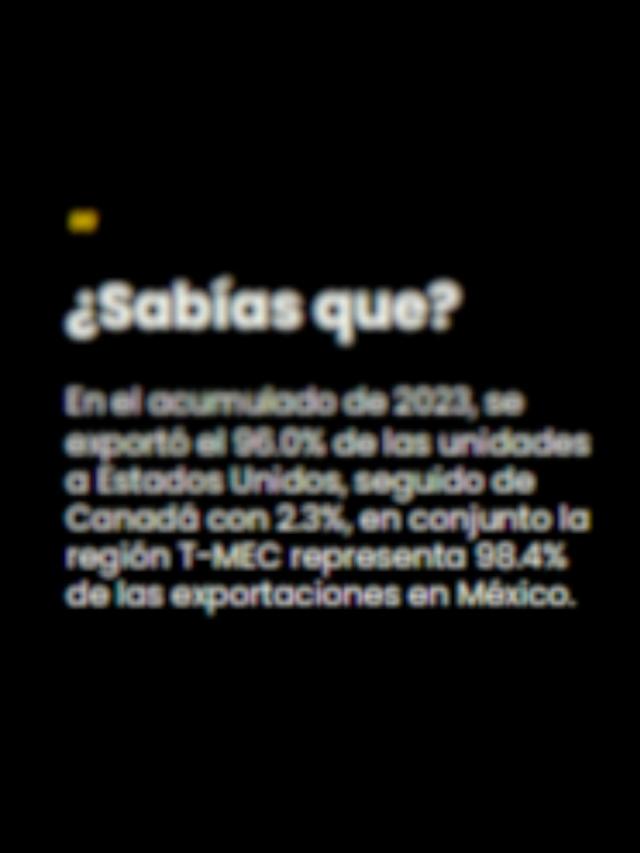
The Organization for Economic Cooperation and Development (OECD) estimates that Mexico’s Gross Domestic Product (GDP) will increase by 0.4% in 2025, which represents an advance compared to the projection the organization made last March, when it indicated that the United States’ tariff policy would cause a contraction of Mexico’s GDP of 1.3% this year .
The OECD also improved its projection for 2026, estimating in March that the Mexican economy would contract by 0.6% and in its June update it expects an expansion of 1.1% .
However, even with this year’s improvement, Mexico will register the lowest economic growth in Latin America, according to the OECD’s most recent Economic Outlook report .
The organization emphasized that the Mexican economy is exposed to external risks, as more than 75% of exports depend on the U.S. market.
“The tightening of the rules of origin under the United States-Mexico-Canada Agreement (USMCA) and recent U.S. protectionist measures have raised export costs for key products such as automobiles, auto parts, machinery, and household appliances,” the document stated.
The report indicated that US GDP growth is projected to slow from 2.8% in 2024 to 1.6% in 2025 and 1.5% in 2026.
“Growth in the euro area is projected to strengthen modestly from 0.8% in 2024 to 1% in 2025 and 1.2% in 2026. Growth in China is projected to moderate from 5% in 2024 to 4.7% in 2025 and 4.3% in 2026,” the agency predicted.
Inflationary pressures have resurfaced in some economies, and rising trade costs in countries that are raising tariffs are expected to further fuel inflation, although the impact will be partially offset by falling commodity prices.
“Our latest economic outlook shows that the current political uncertainty is weakening trade and investment, diminishing consumer and business confidence, and dampening growth prospects,” stressed Mathias Cormann, Secretary-General of the OECD.
The analysis also specified that the outlook projects a slowdown in global growth from 3.3% in 2024 to 2.9% in both 2025 and 2026. “The slowdown is expected to be most concentrated in the United States, Canada, Mexico, and China, with smaller downward adjustments in other economies.”
“The global economy has left behind a period of resilient growth and declining inflation and is entering a more uncertain path,” Cormann said.
Comment and follow us on X: @GrupoT21















